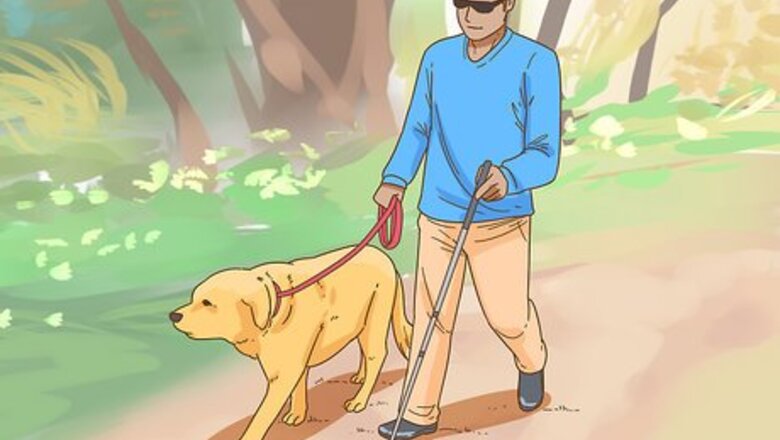
views
Finding a Service Dog Program for the Blind
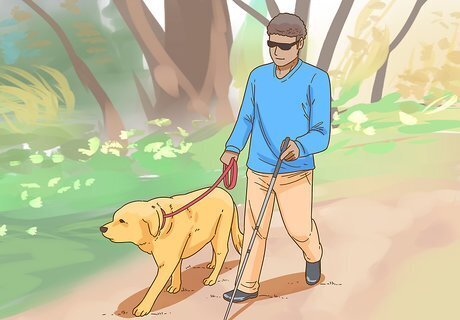
Master orientation and mobility skills. Reputable guide dog schools require that those applying to get a service or guide dog have mastered mobility and orientation skills. You will need to be able to travel independently with a cane, cross the street, walk safely in areas familiar to you, find destinations, and have the ability to problem solve if you become lost or disoriented. If you need help mastering orientation and mobility skills, contact an Orientation and Mobility Specialist in your area. They can help you acquire these skills.

Explore different service dog breeds. Use the Internet to research different breeds that are bred as service dogs for blind and visually impaired individuals. Learning about the different breeds will help you choose a school that works with the breed or breeds you want. Australian Shepherds and Border Collies are active breeds that are commonly trained as guide dogs. If you are interested in a family friendly breed, Golden Retrievers and Labradors are good options. Large breeds trained as guide dogs include Standard Poodles and German Shepherds.

Research guide dog programs. In the United States, there are around fifteen different guide dog schools that will pair you with a trained dog and oversee your initial training with the dog on their campuses. There are multiple schools like this outside the United States as well. Explore the National Federation of the Blind’s Guide Dog Resource List at https://nfb.org/resources/guide-dog-resources. The list will give you information on reputable guide dog schools in multiple regions.

Contact schools that interest you. Once you complete your research on guide dog programs and different guide dog breeds, you should reach out to a school that interests you. Call the school’s admissions office and ask questions about the program and the dogs they train. Questions you might want to ask include: What are the entrance requirements for your school? What is the cost of the program? How long is the on-campus training? Will I have to live on campus during the training period? What breeds of dogs do you work with? What is your process for pairing individual dogs and people?
Applying for a Service Dog
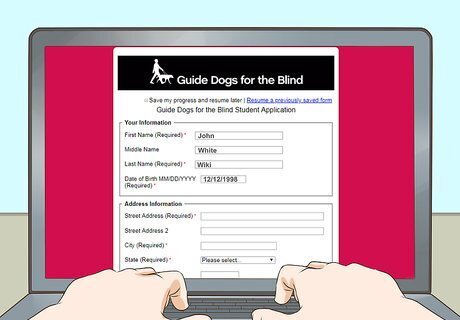
Submit your application. Once you’ve decided on a guide dog school, you will need to submit an application. At most schools, you can either submit the application online or mail it to the school. The application will ask you about your finances, health, travel practices, and orientation and mobility training.

Complete a phone interview. After the guide dog program receives your complete application, they will contact you about setting up a telephone interview. During the interview a representative from the school will ask you about your lifestyle, health history, and finances.

Wrap up with a home visit. Once you successfully complete the application and phone interview, the school will decide if you are a good fit for their program. If they believe you are, they will arrange to conduct a home visit. During the visit, a school representative will assess your home, mobility skills, and ability to care for a service dog.

Submit program fees. Guide dog schools require participants to pay fees associated with getting a service dog and attending the on-campus training with your new dog. Some schools are completely free. Other schools can cost several hundreds or thousands of dollars. Make sure you talk to the school about these fees before signing up for a program.
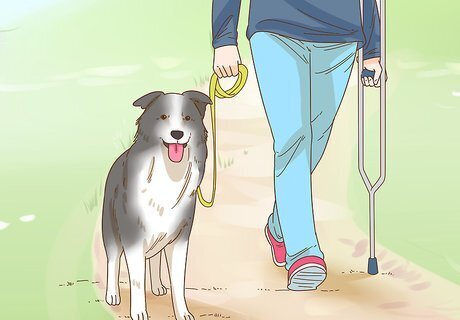
Complete training with your service dog. Once you are accepted to a program, you will need to complete an on campus training that lasts about two to three weeks. During this time, the school will match you with a dog. Then you and your dog will complete an intensive training program. In most cases, you will live on campus during the training.
Living with a Service Dog

Prepare your home for the dog. Your new service dog will become a member of your family. Make sure your house is ready to welcome the dog before you leave for the training program. Buy the dog a bed, food and water bowls, a leash, and a collar. Make sure you set up the dog’s bed near the room where you sleep.
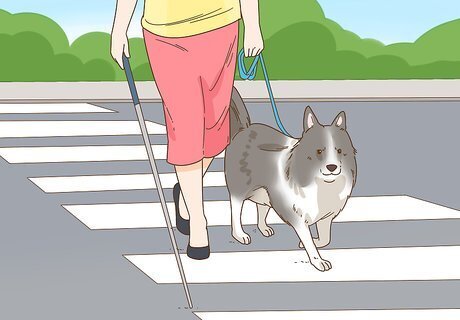
Perform mobility tasks with your dog every day. Guide dogs are bred and trained to help blind or visually impaired people, but they must exercise their skills every day. They can risk losing these skills if they are not regularly practiced. These tasks can include: Crossing the street Locating objects Altering you to dangers like moving vehicles

Meet your dog’s physical and emotional needs. Your service dog will require physical and emotional care on a daily basis. You will need to dedicate time for feeding, grooming, and exercising your dog. If you choose an active breed like a Border Collie or Australian Shepherd, you will need to make sure the dog gets at least 30 minutes of exercise on most days.













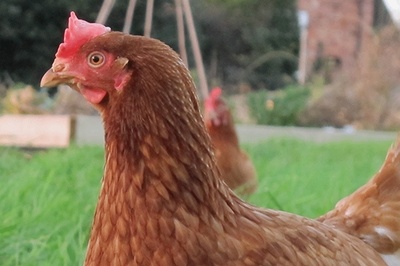






Comments
0 comment